Not only are opera houses a symbol of attraction for tourists in each destination, they also contribute to preserving heritage and become the soul of many countries. Wherever there is an iconic theater, culture will be honored.
Naming the world famous "art cathedral"
When asking any Australian about the pride of Australia, the most common answer is probably the Sydney Opera House. If the same question were asked in the cultural center of Europe - Milan, Italy, the answer would be La Scala Opera House. In London, the Royal Opera House would be a building that is comparable to Big Ben and Tower Bridge. Every year, millions of tourists come to these world-famous theaters, and not all of them come to the theater because of their history, significance or the classic works inside. It is the unique architecture and the title "all-time icons" that make famous theaters "destinations for life".
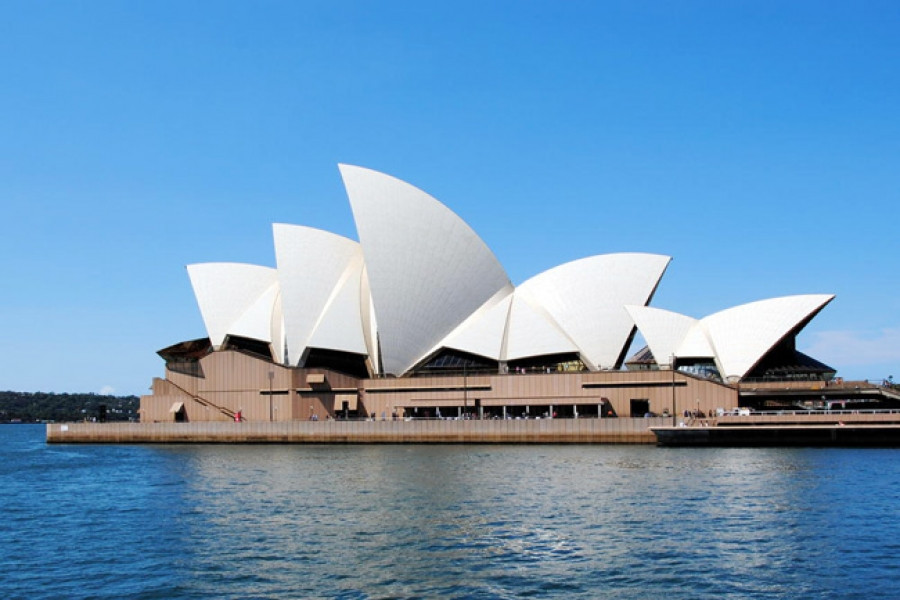
UNESCO describes the Sydney Opera House as a "masterpiece of 20th-century architecture" or "a world-famous architectural icon". With this title, up to 8 million tourists visit the Opera House every year. Built about 200 years ago, La Scala Theater is the pride of the "art capital" Milan (Italy) and is known as the opera cathedral for its classic performances.
Many countries continue to invest hundreds of millions of dollars to build theaters, selecting the most unique designs so that the theater becomes a place to hold important events and become a symbol of the city and the country. Typical examples include the iconic works of the 21st century - The Elbphilharmonie Theater in Hamburg (Germany) or the Beijing National Grand Theater with its unique half-ellipse design.
A place to honor culture
Not only do they have iconic architecture, world-famous theaters have become the "heart" of a country's cultural life. Standing on the stage of a famous theater is also the "dream" of great artists. The "cathedral" of opera and ballet in England - the Royal Opera House was built in Covent Garden, the central square and a famous cultural tourist destination in London. In the first years of its opening, the theater was associated with the name of George Frideric Handel, one of the great composers of the Baroque period.
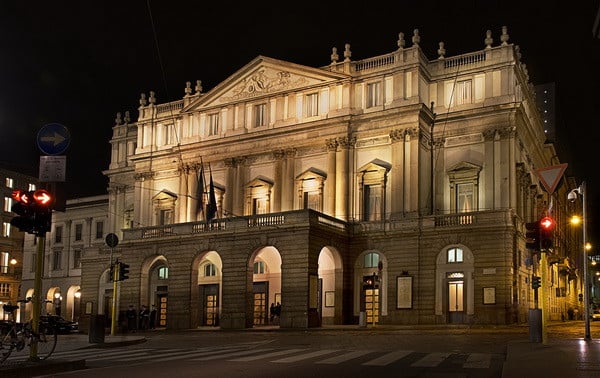
Soprano Maria Callas, one of the most influential opera singers of the 20th century, once considered La Scala her artistic "home" and she was attached to it throughout the 1950s. Although it declined in the 19th century due to the opera crisis in Italy, the theater affirmed its position as the artistic center and pride of the "boot-shaped country", when Giuseppe Verdi, Giacomo Puccini and other great composers first performed their works here.
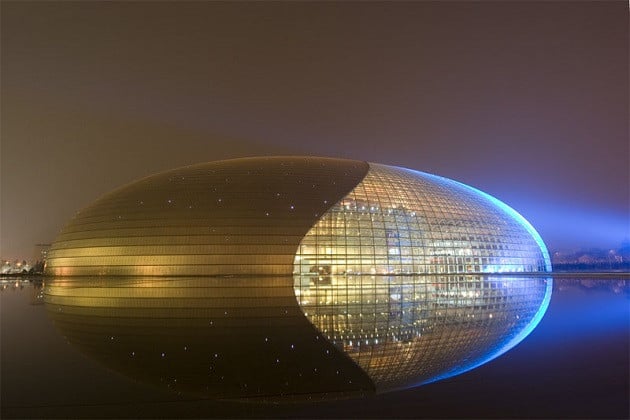
In China, the Beijing National Grand Theatre, which opened in 2007 in the shape of a giant pearl, has also become a new iconic building of the country of a billion people. Initially, the theatre attracted visitors only out of curiosity and for taking photos, but now each year the theatre successfully organizes up to 1,000 commercial performances, 1,000 arteducation sessions and attracts about 3 million visitors. World-famous artists such as Maurizio Pollini, Claudio Abbado, Simon Rattle, José Carreras, Lang Lang..., or famous orchestras such as the Berlin Philharmonic, Chicago Symphony Orchestra... have all come here to perform. Mr. Wang Zhengming - secretary of the theater construction committee - once told the Guangzhou Daily after 3 years of the theater "receiving sweet fruit" that: "In the past, controversy surrounding the construction of the theater was a common thing. At that time, the concept was not open. Looking back now, 3 billion yuan to build a national art center, it was very worthy."
Indeed, what the Beijing National Grand Theatre has achieved is not only a huge source of revenue, but more importantly, an image of China - a place where cultural and artistic quintessence converges - that has been affirmed to the whole world.
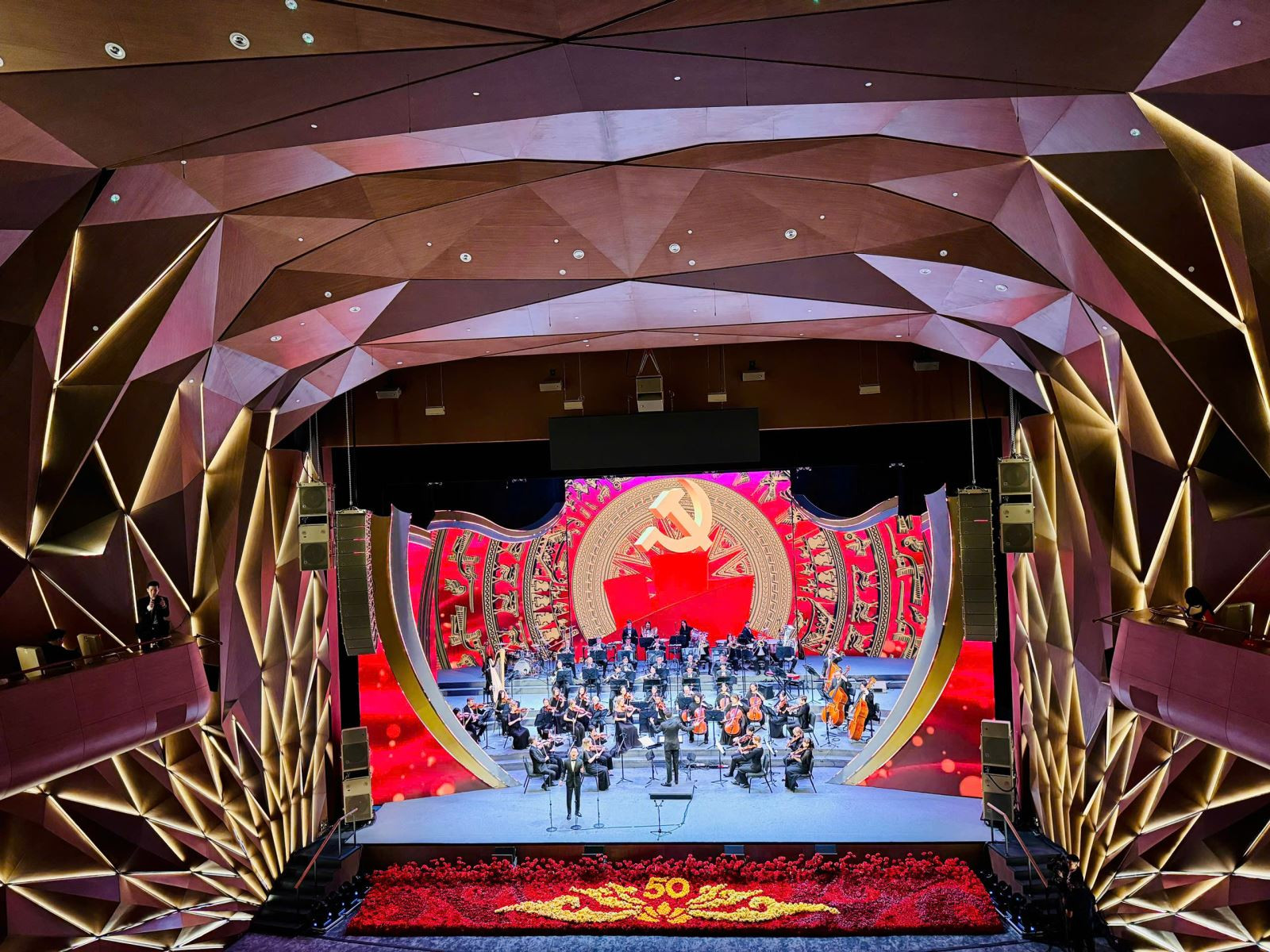
Opera genres from countries with developed academic music such as Italy, Germany, France, Russia... were introduced to Vietnam from the 60s to the 80s of the 20th century. The first theaters in Vietnam were also built in the early 1900s, the largest being the Hanoi Opera House and the Ho Chi Minh City Theater. Being the venue for cultural and artistic programs and major opera performances, theaters in Vietnam are still at the level of serving domestic-scale art programs, unable to become the reason to visit for famous global names in the field of culture and art.
Most recently, the Hoan Kiem Theater with its magnificent architecture and state-of-the-art sound equipment has continuously brought to the audience many programs with the participation of famous artists from England, France, Austria, America, Russia, etc., especially in the classical music genre. Notable examples include the Four Seasons Concert with the participation of artists from the Royal Opera House of Versailles; “Dang Thai Son Returns” concert; The Vienna Concert; The Mozart Concert; “From struggle to triumph” concert…
In addition to international programs, the Ho Guom Theater is the venue for the revival of the classic opera “Carmen” and the musical “La Traviata.” While “Carmen” is revived from its original 1875 work by artists from the Royal Theatre of Versailles, the Palazzetto Bru Zane French Romantic Music Center and the Rouen Normandie Theater; “La Traviata” based on the famous novel “La Dame aux Camelias” is performed exclusively at the Ho Guom Theater.
Although it has only been in operation since July 2023, Hoan Kiem Theater has been ranked among the world's best opera houses by the World Travel Awards at the end of 2023.
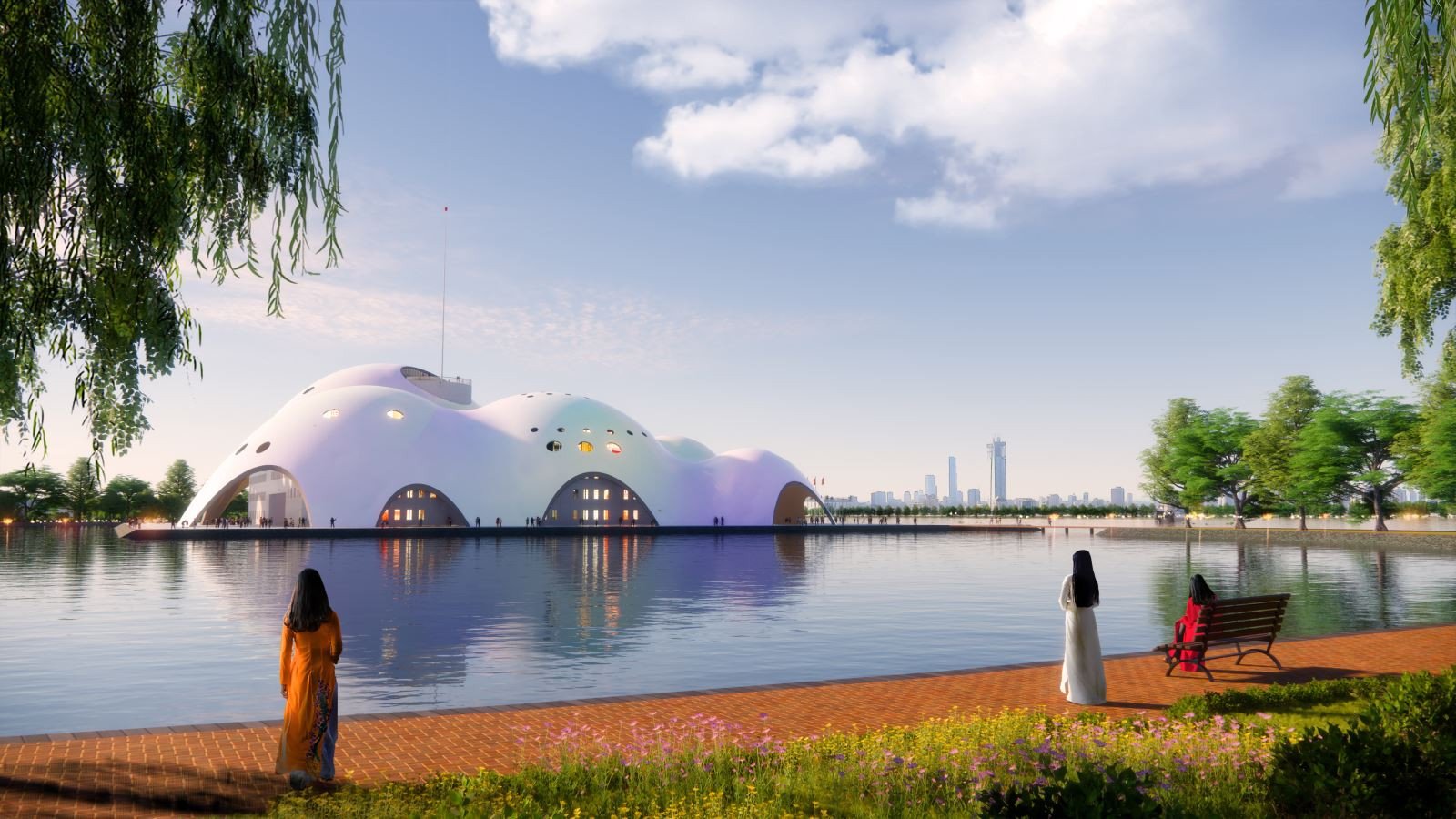
Hanoi will soon have another modern, large-scale Opera House. The Hanoi People's Committee has recently approved the preliminary assessment of the investor's capacity and experience for the Hanoi Opera House and cultural and art park project, with a capital of 500 million USD in Quang An, Tay Ho district.
The world-famous Italian architect Renzo Piano designed this project. He is the author of iconic projects such as the Georges Pompidou Center in Paris (France) and The Shard in London (England).
At the age of nearly 90, architect Renzo Piano has a special love for the culture and historical sediments of Hanoi, a thousand-year-old civilization. He wants to put all his heart, energy and all his quintessence into the project that he considers his last work, and dedicate it to Hanoi.
Architect Renzo Piano came up with the idea of the theater's architecture with a shape reminiscent of the waves on the surface of West Lake, the theater's dome has a soft, poetic beauty and bold contemporary features. The dome also uses a pearl effect, helping the changing moments of time such as dawn and sunset on the surface of West Lake to be reflected and create a unique beauty.
Similar to the world-famous Opera Houses, they all create their own unique marks from their creative DNA. The curved dome of the Hanoi Opera House is covered with a layer of pearl-effect ceramic with the most unique design technology. This ultra-thin roof shell design not only creates a unique, elegant beauty for the theater, creating an airy space that helps to naturally draw in wind in the lobby areas so that air conditioning is not required, but also helps to provide the best sound filtering experience during music performances - one of the top requirements for international theaters.
Not only does the Hanoi Opera House have the most unique roof shell in the world, it also applies many advanced technologies and design techniques. The entire wall of the main auditorium is equipped with a system of acoustic panels that can be operated mechanically. For each different type of show, the acoustic panels will be controlled to close, open, up and down in different directions and positions.
With the Hanoi Opera House, the beauty and uniqueness of the architecture will revive a civilized Hanoi, not only the cultural values that have stood the test of time, but also the advanced culture, approaching the elite values of the world. It can be said that we are not only waiting for a cultural work that is a symbol of Hanoi, but also expecting to receive the respect and admiration of the world, before a masterpiece of the legend Renzo Piano.
Source




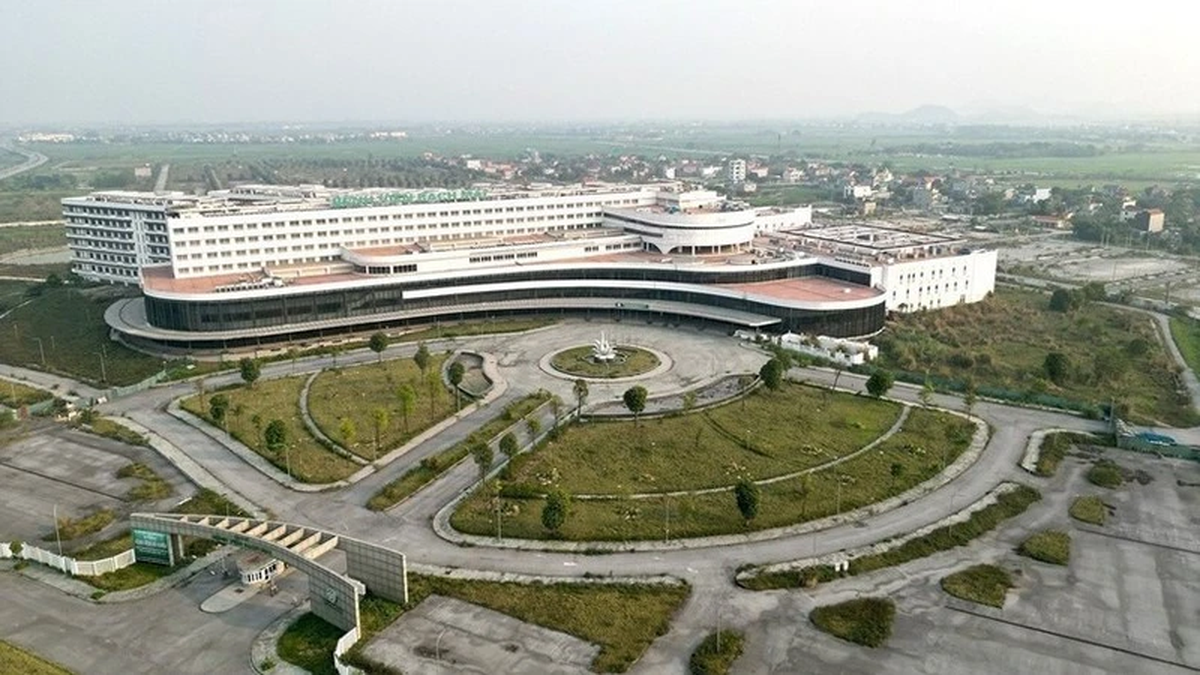





















![[Photo] National Assembly Chairman Tran Thanh Man visits Vietnamese Heroic Mother Ta Thi Tran](https://vphoto.vietnam.vn/thumb/1200x675/vietnam/resource/IMAGE/2025/7/20/765c0bd057dd44ad83ab89fe0255b783)





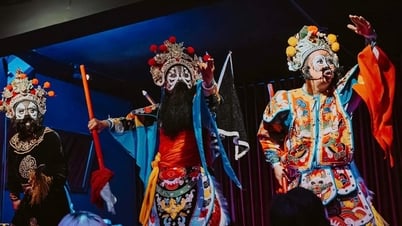





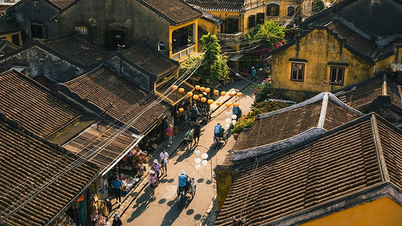



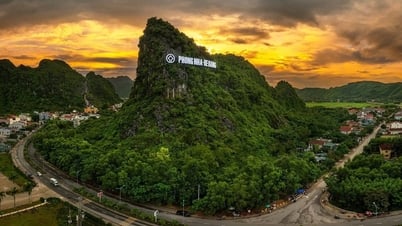


















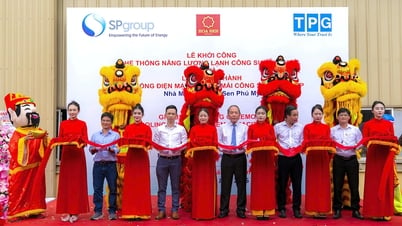
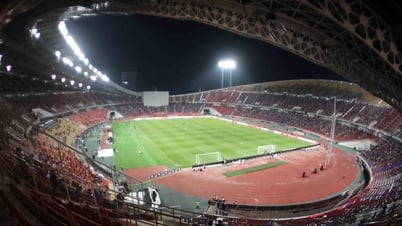

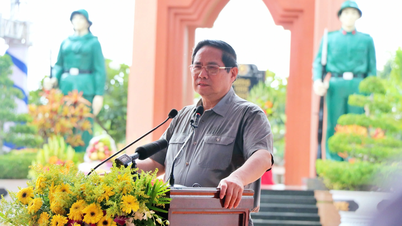


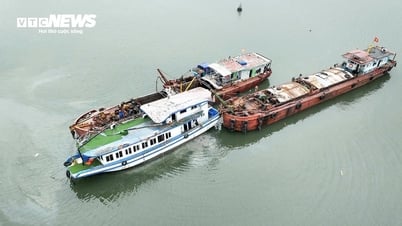







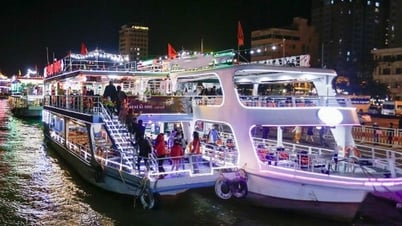






















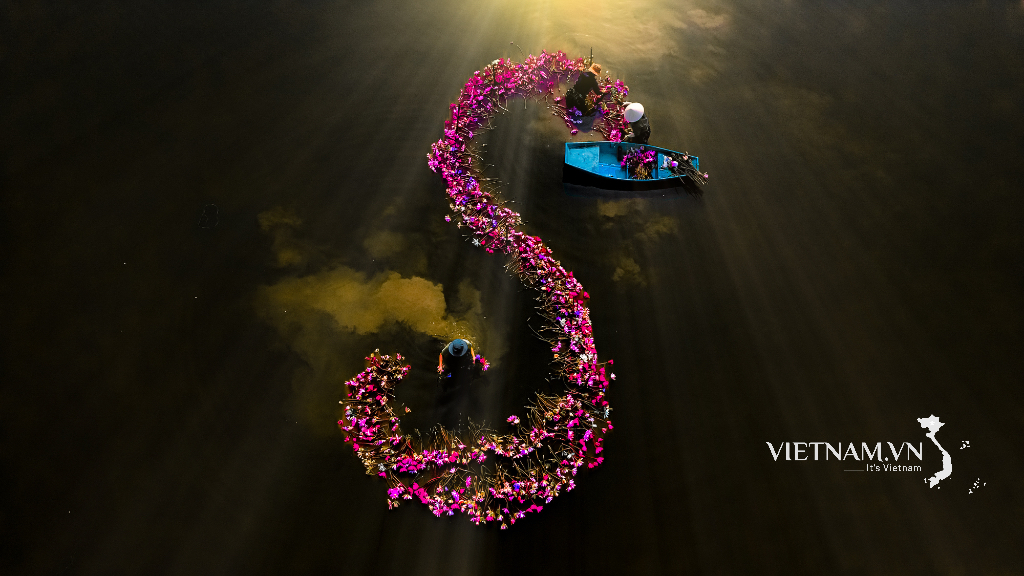


Comment (0)